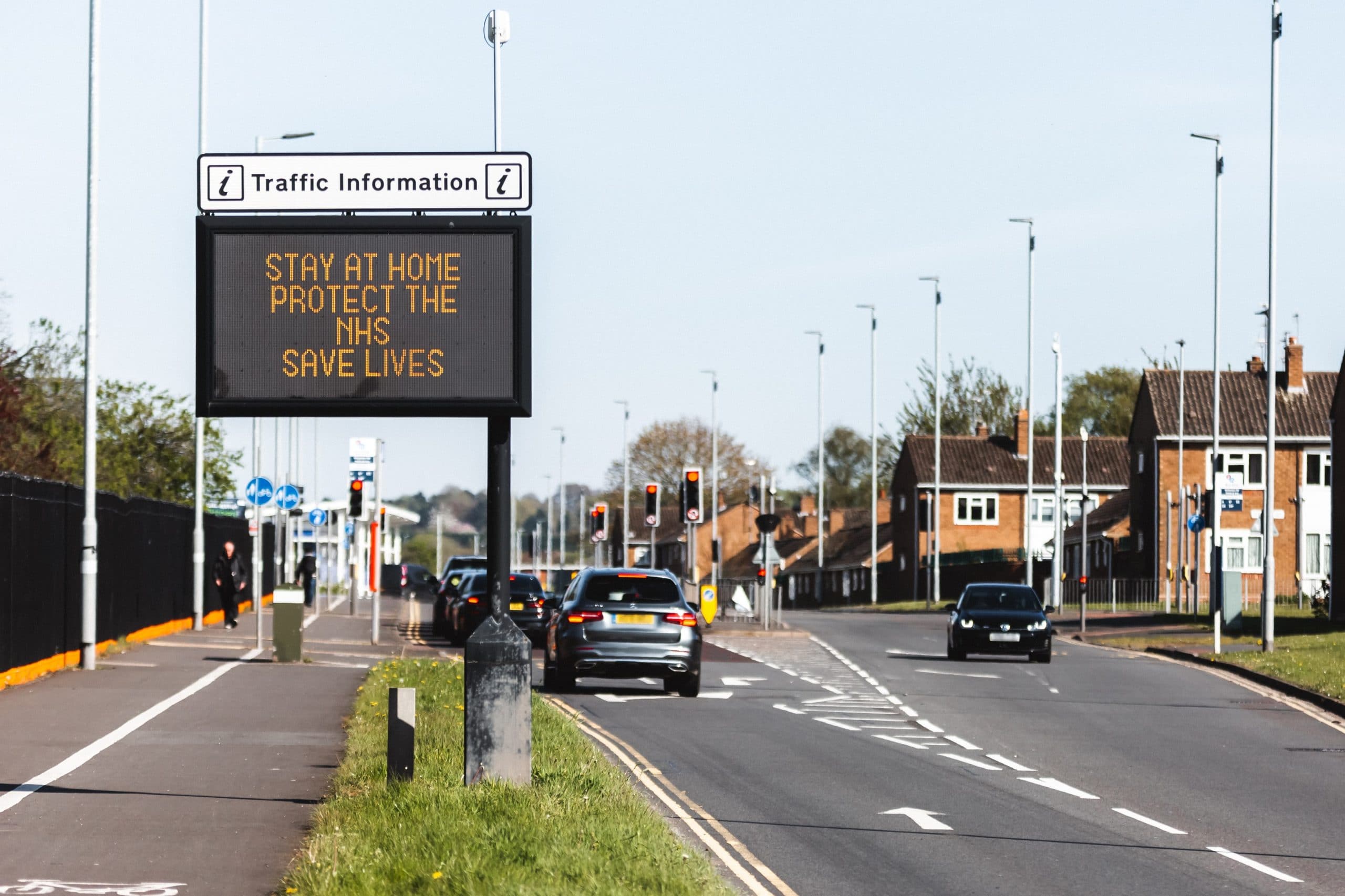
Safety netting is an essential component of any GP consultation, particularly in those dealing with long-term or acute illness with an unpredictable illness trajectory. Adding “Safety netting advice given” to the end of a clinical note performs no useful function, passing no useful information onto others involved in the patient’s care and medico-legally offering no protection.1,2
Whilst safety netting is advocated, there is no definition of it and no protocol, guideline or consensus statement about it.3 Reviews show that we all vary in our use of safety netting, one paper suggesting it was done in two thirds of consultations4 and whether we use it seems to depend on patient and clinician factors with some suggesting prioritising safety netting to consultations in specific situations.1,5
GP’s are having to cope with increasingly complex patient needs and comorbidity and the social isolation of parents and carers, increasing the need for safety netting. Within a long term relationship between a GP and patients, most patients will be at ease to seek further advice but within OOH, locum consultations and care undertaken by different practice members, ensuring further related involvement is more difficult. The increased use of remote consultations causes more difficulty especially if the doctor and patient are not familiar with each other. Difficulties with time management are increased by the need to record all the advice given in safety netting2 with one review suggesting this was only done in 50% of consultations.4
Models used in A/E or acute assessment units where regular clinical observations can be arranged pending action or discharge, cannot be adopted as we have only lay assessment to rely on as further monitoring of the patient. In addition, in primary care we need to follow the “5c’s”, assessing whether the patient is Capable of taking the advice having Comprehended it, being legally Competent and Checking that he/she will Comply with it.5 In addition we are faced with the difficulty of presenting possible predictions of what might go wrong when patients are often seeking reassurance. In those times of day when traditional, personal GP care is replaced by disparate services the need for follow up necessitates tight effective, efficient and united methods of audit of processes including safety netting.2
The “5c’s”, assessing whether the patient is Capable of taking the advice having Comprehended it, being legally Competent and Checking that he/she will Comply with it.
Neighbour described safety netting as the prediction of what will happen if things go well, the possibility of the unexpected and plans and contingency plans for those unexpected events.6 Support and advocacy groups offer professionals condition-related guidelines as do NICE Guidelines with both tending to concentrate on process rather than clinical assessment or outcome. Some colleagues suggest we should have guidelines on safety netting, others suggest it is instinctive for most doctors.7 Neighbour suggests there is no purpose in a guideline on the obvious.6
Safety netting is needed in primary care but for auditing of performance and training there is no accepted definition of a clinical activity we know is essential. I therefore propose a definition of safety netting as it relates to primary care and which is universal in its application:
Safety netting is needed in primary care but ….. there is no accepted definition …
“ Safety netting is the process of informing a patient/carer during and at the end of a consultation when, how and under what circumstances he/she should contact you or others together with the documentation of the information and advice given and a statement indicating you have made the patient/carer aware of his or her responsibilities in this process and the possible risks of not following this advice”
This definition offers a way of encouraging the use of of safety-netting, teaching its importance and offering a means of audit and, possibly, the development of useful clinical guidelines.1
References
- Almond S et al 2009 Diagnostic safety-netting BJGP 872-875
- Jarvis S. 2019 Good safety netting practice is a key part of good communication skills between you and your patients MDU Journal March 20
- Health Research Authority 2016 An Investigation of GP Safety-Netting Practices in Primary Care
- Edwards P J et al 2018 How and when is safety-netting advice delivered in routine primary care consultations SAPC ASM
- Silverston P 2014 Effective safety netting in prescribing practice Nurse Prescribing 12,7 1-4
- BJGP 2018 Safety Netting. Editorial.5 214-215
- BMJ 2016 Safety Netting : a time for guidelines Editorial 355
- Apley J in The Child and his Symptom, Apley McKeith and Meadow 1978 Blackwell Chapter 23 Reassurance
Featured photo by Matthew Waring on Unsplash








